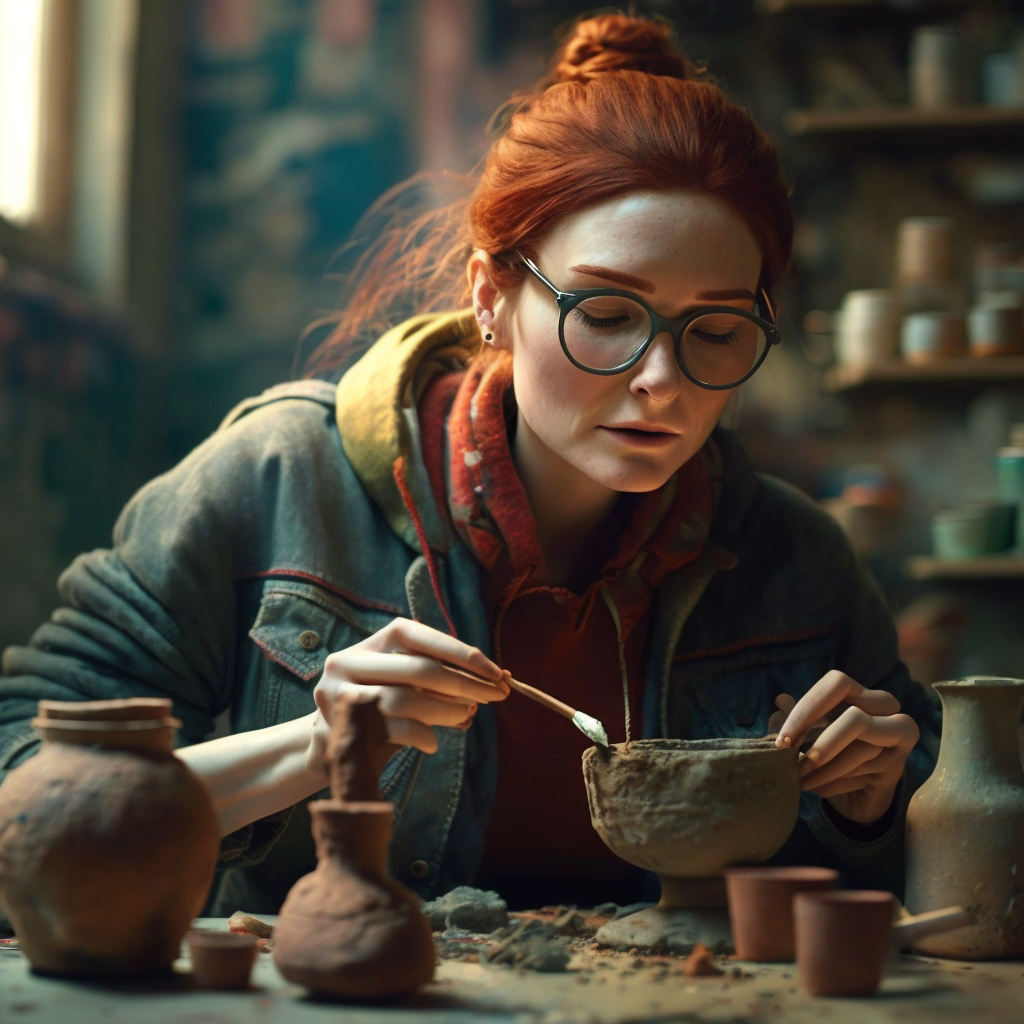A model models the model
What if from the very beginning there was someone with different sensibilities.
Say a model. A model models the model. Along with the non-models- you know, the nerds.
Imagine models as clay. The expensive one. The organic one. Nowadays models are being tuned and fine tuned by people with certain sensibilities. Quantitative metrics, performance, comprehensiveness, efficiencies! As such sensibilities resonate, they attract similar kinds of people. Models reflect those and things move on.
Some time passes and parts of the clay start solidifying. Why? The clay is being shaped constantly, shouldn’t that keep it from becoming stuck. But emerging invisible forces (narrow focus, confirmation bias, complexity bias, over reliance on existing models, academic prestige, etc) sneak like an invisible spider monkey and they mess up the original clay. Now it looks brown.
Some time later, someone realized oh, is this all that there is? Let’s invite others to collaborate! Let’s ask them to shape it with us! We are all collaborative obviously. New cohorts start playing with the clay. Happy to be invited, they don’t question why it feels weird. Like some parts have some weird texture, others are just plain weird. Why is it brown? Whatever, this is fun!
Fun building with brown clay
Fast forward. New generations show up- more diverse! Of all kinds! They pick up the brown clay. And they start the shaping. And so on. And so on.
What if from the very beginning there was someone with different sensibilities. Say a model. A model models the model. Along with the non-models- you know, the nerds. Would we end up with brown clay to build with? Maybe brownish? But maybe more orange. Maybe a color that reflects grace, expansion, expressiveness?
What conditions would we need to make this happen? In which the division of labor is not based on past terms (skillset, experience, education) but maybe on forward looking possibilities? (perspective, sensibilities, vantage points). Where we can combine perspectives to reach conclusions that neither individual would have been able to achieve alone.
Formally we group people under established ontologies. In academia, human, nature and technology chops the chirpy students and cements their world view, interests, and relationships. They carry them on to their jobs, companies, and so on.
Informally we group people more arbitrarily. Say parks and parties. Ada Lovelace met Charles Babbage at a party- a party that yield a collaboration on the development of the Analytical Engine, a precursor to modern computers. Parties in the early 19th century were common venues for intellectuals, artists, and scientists to meet and discuss ideas- providing opportunities for curious and like minded individuals to share their work often leading to fruitful collaborations and advancements in the field.
Party people
Is the answer to host more parties? Yes, evidently. Alas, as much as I would like for parties to be the answer (happy to host several), we need to pursue other ways to climb curiosity. Making it inviting for everyone to know why the clay is brown. For example, giving people easy to use tools to help increase their understanding. To help if they want, if they are curious, to change the color.
I would like for whoever comes next to have the ability to use clay in as many colors as possible.
Wanna help?


